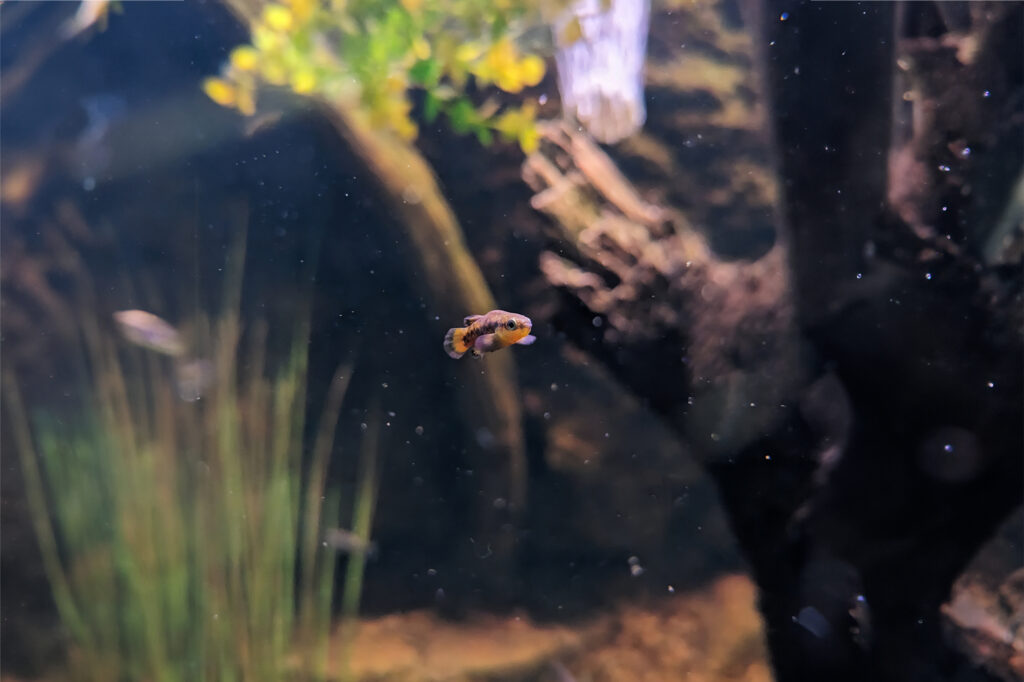Key Facts

Family:
Goodeidae
Diet:
Omnivore – Insects, crustations, algae
Life Span:
3 – 5 years
Number of Young:
5 – 15 per brood
Distribution:
Endemic to Durango and Zacatecas, Mexico
Habitat:
Clear, spring-fed streams and pools with dense vegetation
Length:
Up to 6cm
Weight:
2 - 3 grams





